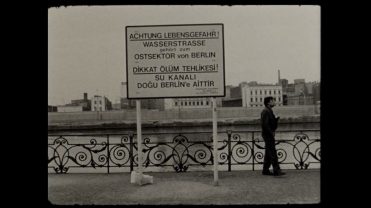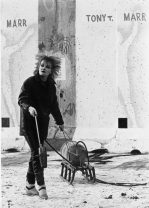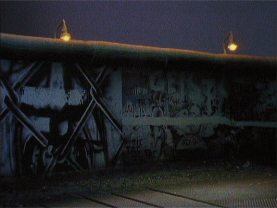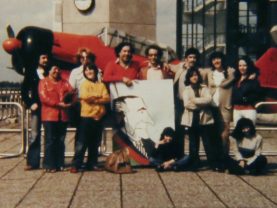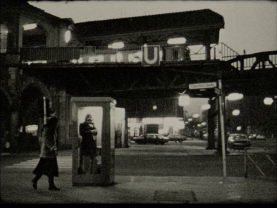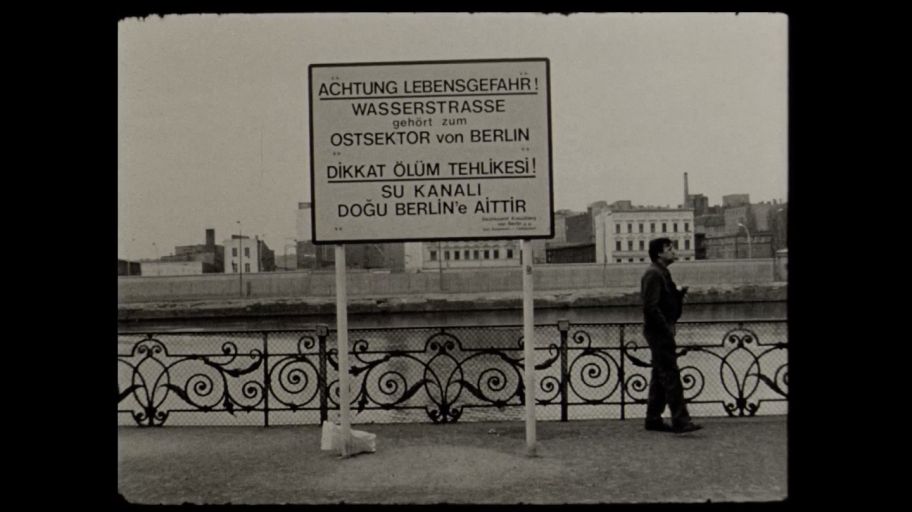
Open Air Screening: Filmic Approaches to West Berlin
- Kunstquartier Bethanien
16.09.2023 / 20:00 – 21:30
This screening in public space with film and video works of the DAAD Artists-in-Berlin digitized audiovisual archive takes place in conjunction with the collaborative project If the Berlin Wind Blows My Flag An exhibition in three chapters – at daadgalerie, Neuer Berliner Kunstverein (n.b.k.), and Galerie im Körnerpark – accompanied by events at Akademie der Künste examines the role of the DAAD Artists-in-Berlin Program in nurturing artistic expression and fostering collaboration with various institutions in West Berlin during the Cold War.
The screening will take place in the courtyard of Kunstquartier Bethanien. The entrance lies opposite Adalbertstrasse 73.
Austausch / Exchange (1982, 9 min.)
by Egon Bunne
Music: ABM (Michael Scarati)
Production: LLUREX FILM (Egon Bunne)
“We inherited the Berlin Wall from our fathers—here and there. It is longer and higher than the Dingo Fence. No one is allowed to cross it. Even in the West the Wall is guarded, in the East you can see the border guards hunting all day. With our backs to the wall, we are in the future, a gloomy country…” —Egon Bunne
“The Dingo Fence stretches across the continent of Australia for 5000 kilometers. It might prevent northern dingos from snatching the occasional sheep from the south, but its length is littered with the carcasses of nomadic native animals seeking food and water. The Berlin Wall separates man from man. It makes West Berlin an artificial and vulnerable island in a political power game. The visual impact of the wall perversely depicts its dehumanizing consequences.” —Marr Grounds
Berlin: Tourist Journal (1988, 18 min.)
by Ken Kobland
Berlin: Tourist Journal (1988) is a response to Kobland’s experiences as a DAAD fellow in West Berlin before the Wall came down: “I wanted to describe the landscape of Cold War Berlin, which immediately means dichotomy and invoking the imaginary; the landscape that isn’t there as well as the one that is.” His video is a journalistic collection of impressions of an enchanted, elusive place. Through still images and historic footage, he evokes the landscape of past and present Germany. In this way, the film constructs a portrait of the divided city through the eyes of an outsider—a tourist.
Aufenthaltserlaubnis (1978, 12 min.)
by Antonio Skármeta
Summer in West Berlin, in the late 1970s. Exiles from all over the world are dancing in the Tiergarten or playing football in front of Bellevue Palace. They go to the municipal office and have their residence permits extended by a grumpy official; the passports are stamped in rhythmic fashion. They draw pictures of dictators on the way out on cardboard. When they hug their friends at Tegel airport who are travelling back to where they grew up, their joy knows no bounds. But one dictator hasn’t been toppled yet. Augusto Pinochet’s military junta is still oppressing the filmmaker’s home country of Chile. He is already being carried through the streets of West Berlin as a cardboard cut-out though, a defiant hope to be fulfilled in 1990.
Das Schlesische Tor (1982, 22 min.)
by Clemens Klopfenstein
“Images and sounds of Berlin at Schlesisches Tor and the subway terminus in front of the Wall, of Tokyo and Hong Kong, plus audio snippets from the Falklands War and the last Schmidt government taking their oath of office, mixed together and set to westernized Chinese music, give rise to a feeling of homesickness and wanderlust. Of longing, of somewhere and nowhere, where one must reach for the bottle, the telephone, or old letters until the soothing night falls. In addition, this film is meant to make you feel the roundness of the earth, morning in Tokyo is evening at Schlesisches Tor: the course of the shadow around the earth.” —Clemens Klopfenstein
(Digital copy: Courtesy Arsenal—Institut für Film und Videokunst)
-

Clemens Klopfenstein: "Das Schlesische Tor", 1982 (film still)
-
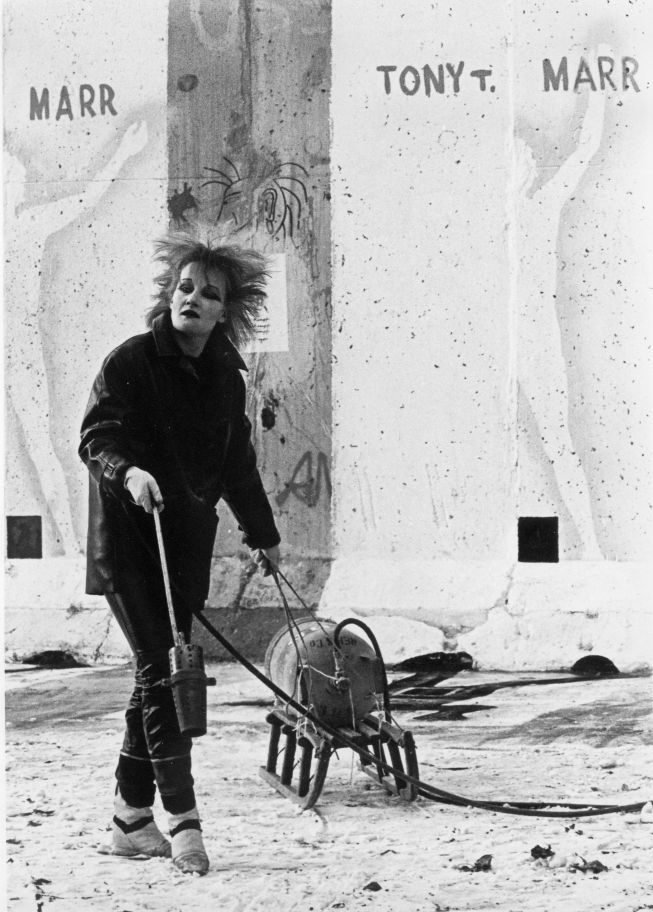
Egon Bunne: "Austausch / Exchange", 1982 (film still)
-
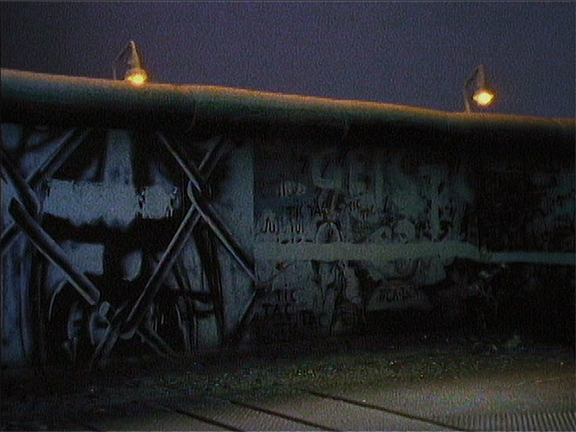
Ken Kobland, "Berlin: Tourist Journal", 1988 (film still)
-
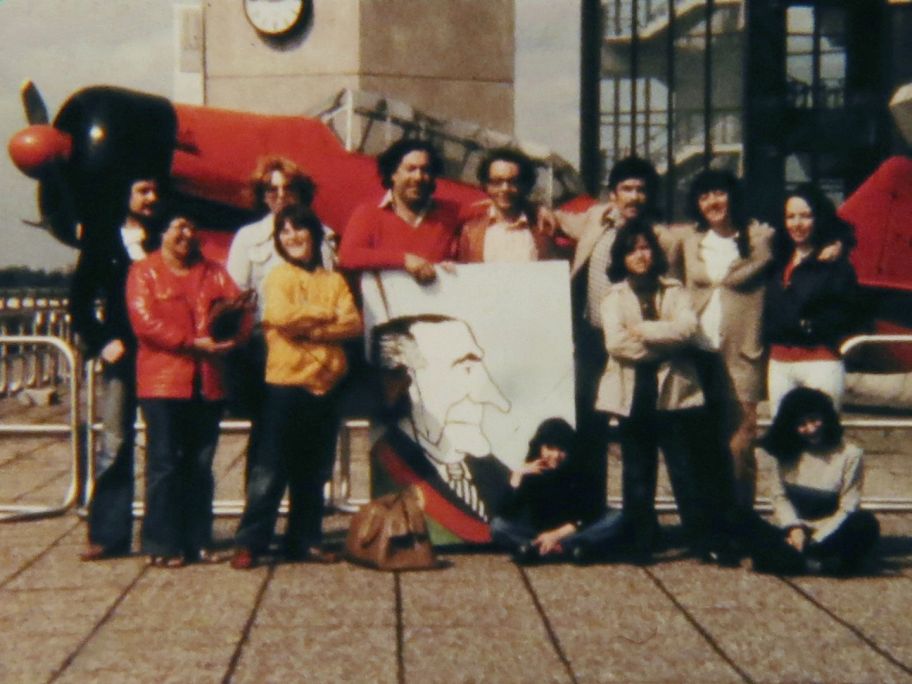
Antonio Skármeta: "Aufenthaltserlaubnis", 1978 (film still)
-
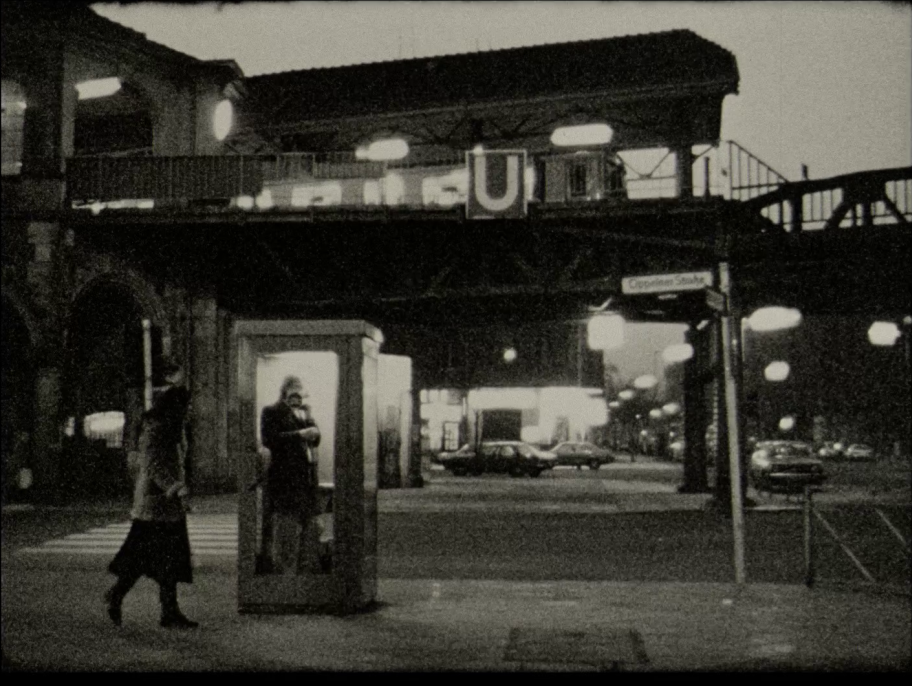
Clemens Klopfenstein: "Das Schlesische Tor", 1982 (film still)


